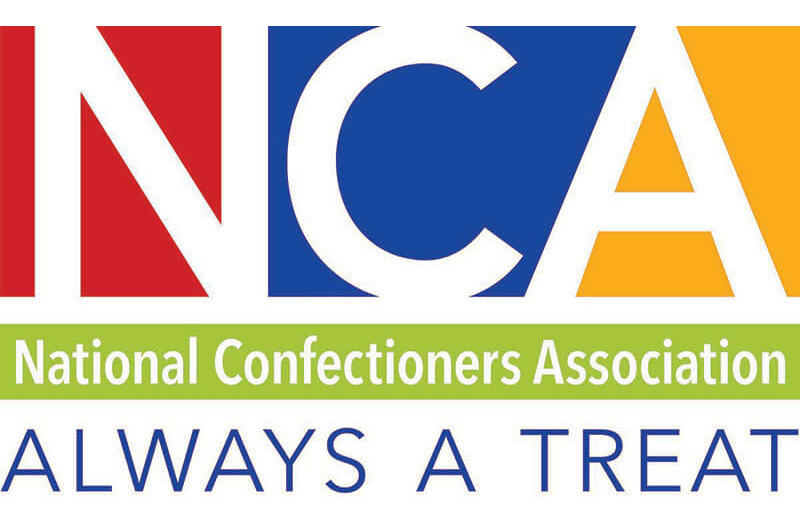In response to the Consumer Reports’ study on chocolate and cocoa released Dec. 15, the National Confectioners Association released the following statement:
“Chocolate and cocoa are safe to eat and can be enjoyed as treats as they have been for centuries. The California Office of Environmental Health Hazard Assessment guidelines cited in the Consumer Reports study are not food safety standards.
“An expert investigation conducted through our prior California Proposition 65 settlement concluded that cadmium and lead are present in cocoa and chocolate due to soil and that bean cleaning during processing cocoa beans reduces lead and cadmium in chocolate products.
“The products cited in this study are in compliance with strict quality and safety requirements, and the levels provided to us by Consumer Reports testing are well under the limits established by our settlement. Food safety and product quality remain our highest priorities and we remain dedicated to being transparent and socially responsible.”
In 2018, the chocolate and cocoa industry agreed to a consent judgment in California. The Superior Court of the State of California, San Francisco County granted a motion to enter the consent judgment on Feb. 14, 2018, which remains in effect. The consent judgment established concentration levels for lead and cadmium that supersede the OEHHA MADLs for cocoa and chocolate products. Earlier this year, NCA released with “As You Sow,” a three-year study on the subject.
The full report and the NCA’s joint reaction can be found here.
According to the CDC’s National Health and Nutrition Survey, people in the U.S. enjoy chocolate and candy two-three times per week, averaging 40 calories per day and about one teaspoon of added sugar per day.
The National Confectioners Association is a trade organization for the U.S. confectionery industry, which generates $37.5 billion in retail sales each year. The industry has about 58,000 employees in more than 1,600 manufacturing facilities across all 50 states and supports an additional 635,000 jobs in related fields.

